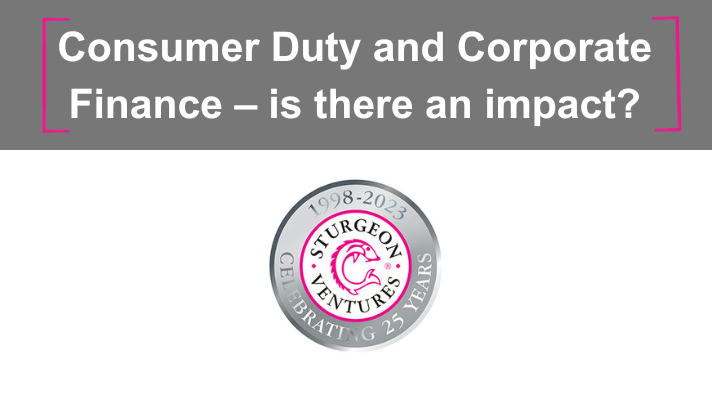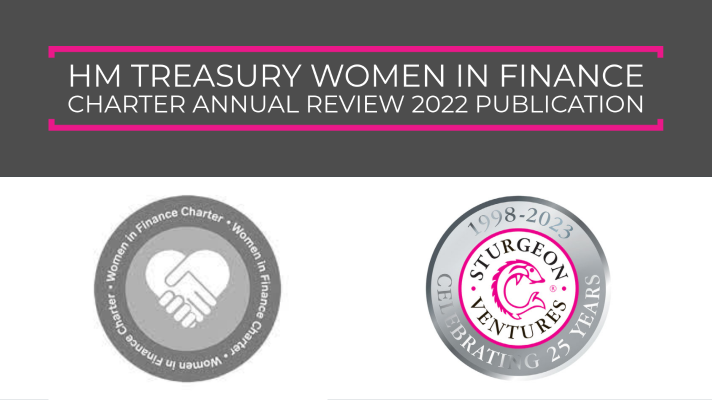Unlocking corporate venture capital to fund Europe's growth companies
Innovation matters in today’s intensely competitive global environment, and venture capital has an outstanding record of financing some of Europe’s most innovative growth businesses.
Corporate venture capital (CVC) has long been a key part of the venture sector, but many believe that it has more to offer. In the search for a sustainable innovation strategy, a number of larger corporates have recently joined their peers in launching CVC funds and programs – and the conditions may be right for more to do so in the years ahead.
External innovation strategies can be a faster, more flexible and cheaper way to innovate than traditional research and development (R&D). They can also give incumbents an earlier warning of threats, a faster response, better returns, facilitate disengagement from unsuccessful projects, and the ability to orchestrate increased demand for core products. Google Ventures’ $258m (€187m) investment in US-based on-demand car service Uber last year demonstrates how quickly a newcomer can flatten competition in a well established competitive market.
For sure, CVC programs have challenges. In some cases still scarred from the dot.com bubble, the inherently process-bound nature of corporates (as opposed to risk-loving private equity and venture capital outfits) can make them slow footed and unfocused, as well as restrict them from implementing properly designed fiscal incentives to attract and retain top executives. However, as many successful firms have shown, these hurdles are not insurmountable.
The British Private Equity and Venture Capital Association (BVCA), and others in the European venture industry, believe that corporates represent a largely untapped and potentially huge source of finance for small and medium sized enterprises (SMEs) – the BVCA noted in a recent submission to the UK government that corporates currently hold £488bn (€585bn) in cash and equivalents on their balance sheets. Despite this, UK CVC activity remains modest compared with other countries such as the U.S., France and Japan, all of which have prioritised introducing and maintaining an effective policy framework that actively supports and incentivises CVC growth. In France, for example, any company that invests in cash for a minority shareholding either directly or indirectly should benefit from a five year, linear amortization of their investment (to be effectively offset against annual income).
With this in mind the BVCA has called for the reinstatement of the Corporate Venturing Scheme (CVS) in the UK, which was abandoned in March 2010 due to poor take up. The idea, introduced in 2001, was to encourage CVC activity by providing tax reliefs to corporates similar to those currently offered to individuals under other schemes. The BVCA argues that the combination of a new generation of corporate investors, along with an entirely different economic environment, warrants the reintroduction of the CVS as a strategic incentive that would unlock a material amount of additional capital for European SMEs.
Although the UK’s budget (covered by Private Equity Comment last week) did not take up the BVCA proposal, it is hoped that the government will look seriously at it – and other ways to stimulate the sector – in the coming months.
In any event, it is clear that CVC is now an important source of equity investment in Europe, alongside private equity and venture capital, and will continue to grow as a key player in the sector.
Read the article on King & Wood Mallesons SJ Berwin










